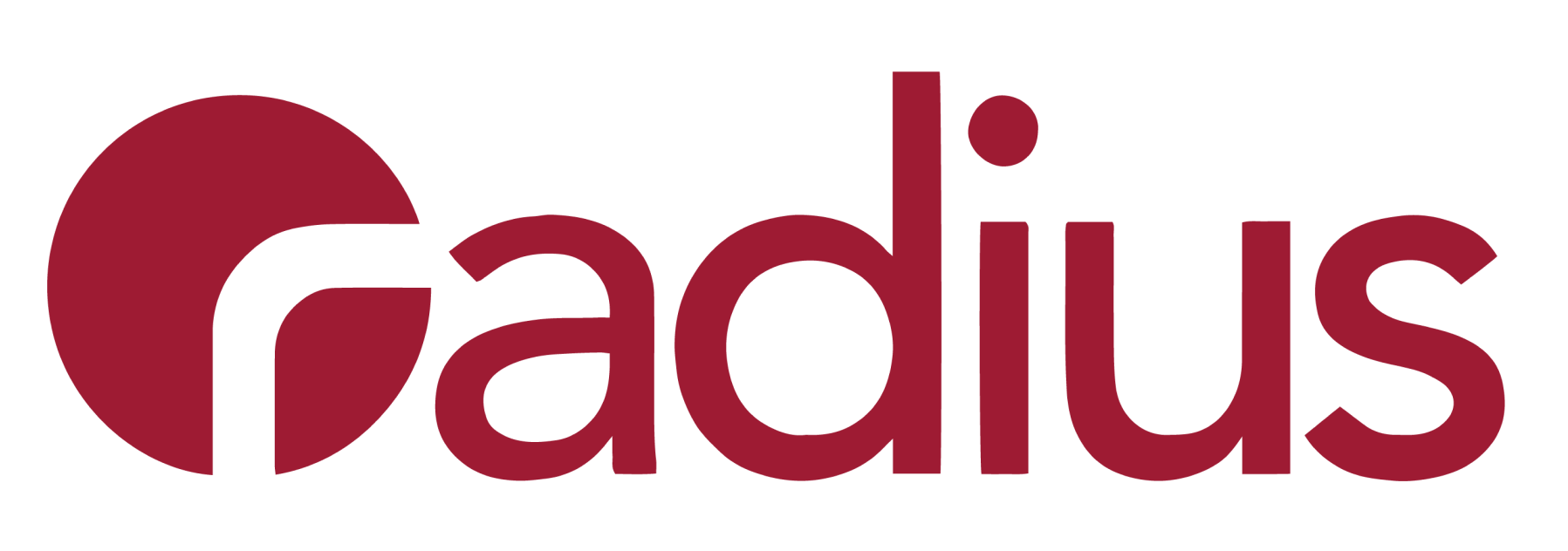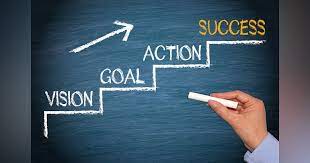💡Latest Trend: Artificial Intelligence and Machine learning are experiencing sustained growth across several industries including healthcare, finance, transportation, and retail as they are increasingly recognized for their ability to enhance precision, efficiency, and decision-making processes.
🤖 AI and ML are all the rage, with industries like healthcare, finance, transportation, and retail exploiting their potential to boost efficiency, accuracy, and decision-making. D-ID, an Israeli company, has joined the bandwagon with a chat API that lets you converse face-to-face with an AI digital human. If only machines could also solve world peace!
⌛️ Let’s Get Talking
In today’s competitive business landscape, companies need to adopt the right strategies to drive success. Two of the most popular approaches are product-led and customer-led strategies, which have their unique strengths and weaknesses. By understanding these strategies and how they work, businesses can make informed decisions on which one is best suited for their goals and objectives.
Product-led strategies focus on developing a superior product that meets customer needs and provides a seamless user experience. Companies that adopt this approach prioritize creating a product that stands out from the competition and encourages customers to become advocates. The product is the main driver of customer acquisition and retention, and the company focuses on creating a user experience that exceeds customer expectations.
On the other hand, customer-led strategies prioritize customer satisfaction and experience. Companies that follow this approach focus on understanding their customer’s needs and preferences, delivering personalized solutions, and building strong relationships. This approach emphasizes building a loyal customer base through exceptional service, engagement, and communication.
Both strategies have their strengths and weaknesses, and businesses need to consider their specific needs and goals when deciding which approach to adopt. For example, product-led strategies are ideal for companies that want to differentiate themselves through product innovation, while customer-led strategies are best suited for businesses that want to build a loyal customer base through exceptional service.
Ultimately, driving success requires finding the right balance between these two strategies. A deep dive into the strengths and weaknesses of product-led and customer-led strategies can help businesses make informed decisions and create a roadmap for success which aligns with the product vision.
⚙️ Best Practices
Here are some best practices to consider when choosing between product-led and customer-led strategies:
🎯 Defining your target audience: Understanding your target audience’s needs and preferences is crucial when deciding on a strategy. By doing so, you can tailor your strategy to appeal directly to them. To define your target audience, start by identifying who they are based on demographic information such as age, occupation, gender, and location.
Next, observe trends on the internet and social media platforms where your proposed audience spends their time. This will give you insight into their interests and behaviours, allowing you to gather information.
You can then research and analyze user behaviours by conducting validation tests such as building a temporary landing page and requesting users to pre-order or become early adopters. This will help you understand their motivations and preferences.
Once you have a better understanding of your target audience, you can develop a pain point checklist to validate your assumptions. This checklist should include both quantitative and qualitative data such as user feedback, surveys, and customer interviews. Reply “OK” to this email for a free template.
Remember, the key is understanding your audience and using the right strategy to meet their needs.
🚀 Focus on user experience: Regardless of your chosen approach, prioritizing user experience is critical. Provide a seamless and enjoyable experience that exceeds customers’ expectations.
📊 Measure success: Establish metrics to monitor your strategy’s success, like customer retention rates, acquisition costs, revenue growth, and customer satisfaction levels. Analyse these metrics regularly to make informed decisions and adjust your strategy.
🦾 Stay agile: Adaptability is crucial when implementing a product-led or customer-led strategy. Be flexible and prepared to pivot your strategy if necessary to stay ahead of changes in the market or customer needs.
You can read more about this here.
👩🏽💻 Career tip:
Learning from seasoned PMs, reading books, and listening to industry veterans can provide valuable insights to advance your career. Julia Dhar’s TED Talk on “How to Disagree Productively and Find Common Ground” is a must-watch for any PM seeking to grow and develop their skills.
Being a PM requires continuous learning and growth. Remember; You’re the superhero in that Marvel movie!
👋 Don’t forget to share this newsletter and subscribe!
Signing off 🙌
Your favourite PM,
Eunice.

